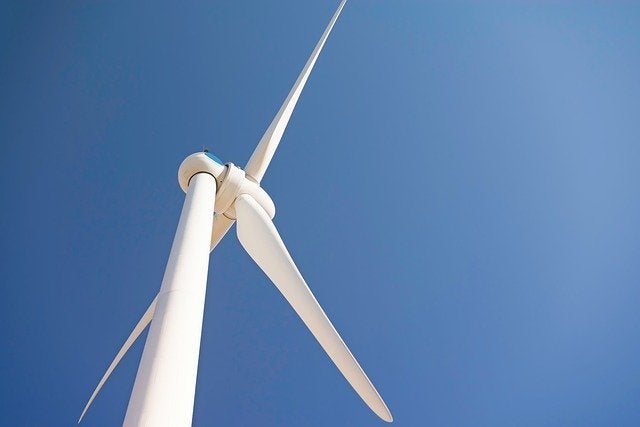
The governments of Estonia and Latvia have signed a memorandum of understanding (MoU), aimed at jointly developing an offshore wind farm in the Gulf of Riga.
The proposed offshore wind farm is expected to have up to 1,000MW capacity and is expected to be completed is 2030.
The wind facility is expected to produce approximately 3.5 terawatt-hours of electricity per year, which is approximately 40% of Estonia’s annual electricity consumption.
Estonia Prime Minister Jüri Ratas said: “The offshore wind farm area developed jointly by Estonia and Latvia is a unique project that contributes to the achievement of the countries’ renewable energy goals and creates new opportunities for other offshore farm developments.”
Estonia and Latvia will jointly determine the better location for the offshore wind farm
Constructing an offshore wind farm under partnership between two countries would provide an opportunity to seek support from the European Union for a cross-border project.
Both Estonia and Latvia will jointly determine the better location, between Estonia and Latvia in the sea, for the offshore wind farm, considering wind conditions, plans, existing projects, environmental protection, and all other factors.
Following the completion of studies and receipt of the required permits, an auction will be held for the offshore area to build an offshore wind farm with a building permit.
Estonian Minister of Economic Affairs and Infrastructure Taavi Aas said: “This, in turn, makes it cheaper to build other wind farms in the area, as other projects in the same area would also benefit from the grid infrastructure to be built for the farm.”
“An open competition ensures equal treatment of market participants, the lowest possible price of renewable energy for consumers, and the efficient use of our marine resources. Additionally, a large offshore wind farm will contribute to the region’s security of electricity supply and help attract foreign investors.”


